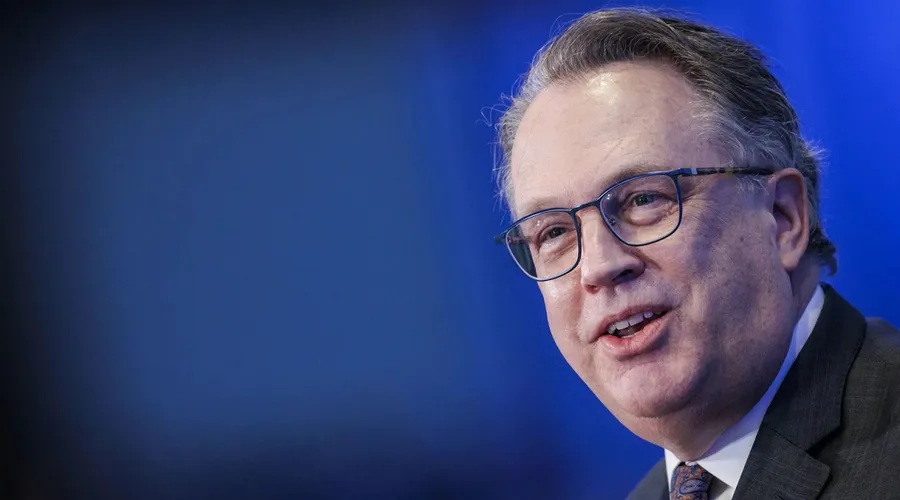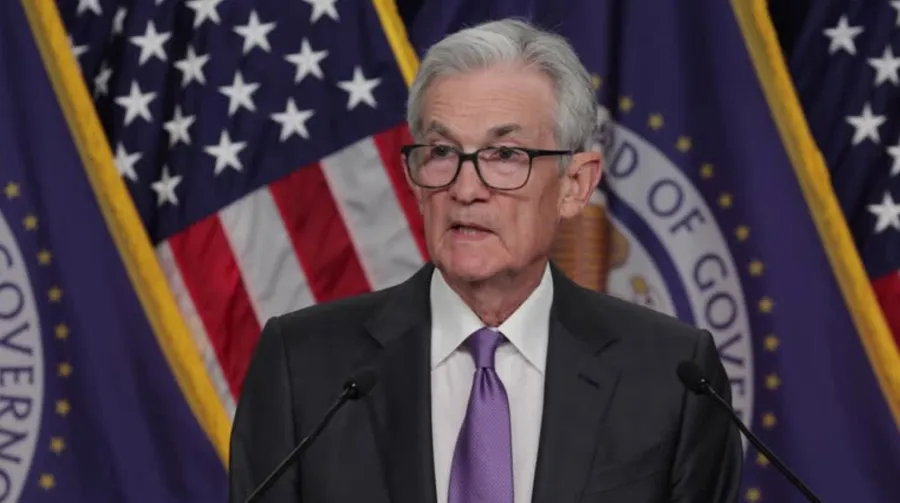CPI Saw That Coming: Trump, Tariffs, and the Fed’s Tightrope
by u/Menu-False
The CPI report was released on Tuesday, and it didn’t look pretty. The CPI, a measure of the average change over time in the prices paid by consumers for a basket of consumer goods and services, rose 0.3% month over month and 2.7% compared to a year earlier. Core CPI, the CPI metric that excludes food and energy prices, rose 0.2% month over month and 2.9% compared to a year earlier. The costs of appliances increased the most in five years and the prices of toys increased at the fastest pace since 2021.
Although the month over month core CPI metric, a metric which excludes food and energy prices, was lower than expected, food and energy are still felt by consumers at the end of the day. These metrics were tainted by both used and new car prices declining, an unexpected occurrence. Car prices declining was likely caused by the slowest pace in automotive buying in 12 months. That decline in demand for cars followed the panic-buying of cars caused by the Trump administration’s 25% tariff on cars. When excluding car prices, month over month core CPI increased to 0.55%.
Following the report, President Trump posted on Truth Social, declaring “very low inflation” in June. However, economists would disagree with that assertion, blaming tariffs for some of the price increase. The Federal Reserve’s beige book reported that “Businesses reported experiencing modest to pronounced input cost pressures related to tariffs … Many firms passed on at least a portion of cost increases to consumers through price hikes.” The President of the New York Federal Reserve, Williams, stated that “we are … seeing relatively modest effects of tariffs in the hard aggregate data so far.” Williams also “expect[s] tariffs to boost inflation by about 1 percentage point over the second half of this year and the first part of next year.”

John Williams, president and chief executive officer of the Federal Reserve Bank of New York, during The Semafor World Economy Summit in Washington, DC, on April 18, 2024. (Getty Images).
Economists broadly agree that tariffs increase prices for consumers. This is because it is not foreign countries who pay the tariff, but rather businesses in the US who import products. Due to the increased cost of the imported product, businesses then pass most of the tax onto consumers. This causes a deadweight loss, as it is called in economics, as less efficient producers enter the market and consumers buy less or pay more.
In the same post where he declares there to be low inflation, President Trump also demands that the Federal Reserve “cut rates by 3 points.” This has been a demand by Trump for a few months now, but the Fed has yet to cut interest rates due to the economic uncertainty surrounding Trump’s tariffs. In response to the Federal Reserve deciding to keep interest rates at 4.25 percent to 4.50 percent, Trump has reportedly proposed firing Jerome Powell. However, he has denied this in public. This move could face legal consequences, as the Supreme Court held earlier this year that the chairman could only be removed “for-cause,” as the Federal Reserve Act makes clear. Additionally, The Wall Street Journal has reported that Treasury Secretary Scott Bessent privately laid out the case for why he believed that Trump should not fire Powell, another story which Trump has denied.

Federal Reserve Chair Powell Holds His News Conference Following The Federal Open Market Committee Meeting. (Getty Images).
The chairman of the Fed is not the sole decider of interest rates, as that is the responsibility of the Federal Open Market Committee, of which Powell is a part of. Ironically, even though it is President Trump who disagrees with him, Federal Reserve chairman Powell was nominated by President Trump in 2017. He was then renominated by former President Biden in 2021. Cutting interest rates to ~1% could have devastating effects on the American economy, as it is a way to stimulate the economy. If the economy is stimulated at a time when inflation is already high, inflation could surge higher. At a time when inflation is edging higher due to Trump’s tariffs, injecting more money into the economy would likely lead to very high inflation and risk a recession, a high risk for Trump since he campaigned on lower prices.
President Trump has already started facing challenges with regards to how the public views his handling of the economy. According to a new CBS poll released on Sunday, 70% of Americans believe that the Trump administration is not focusing on lowering prices enough. Additionally, 64% of Americans disapprove of Trump’s handling of the economy. The economic numbers are likely hurting his approval rating, as just 44% of Americans approve of Donald Trump compared to 53.1% who disapprove, according to Nate Silver’s polling average.